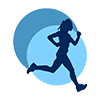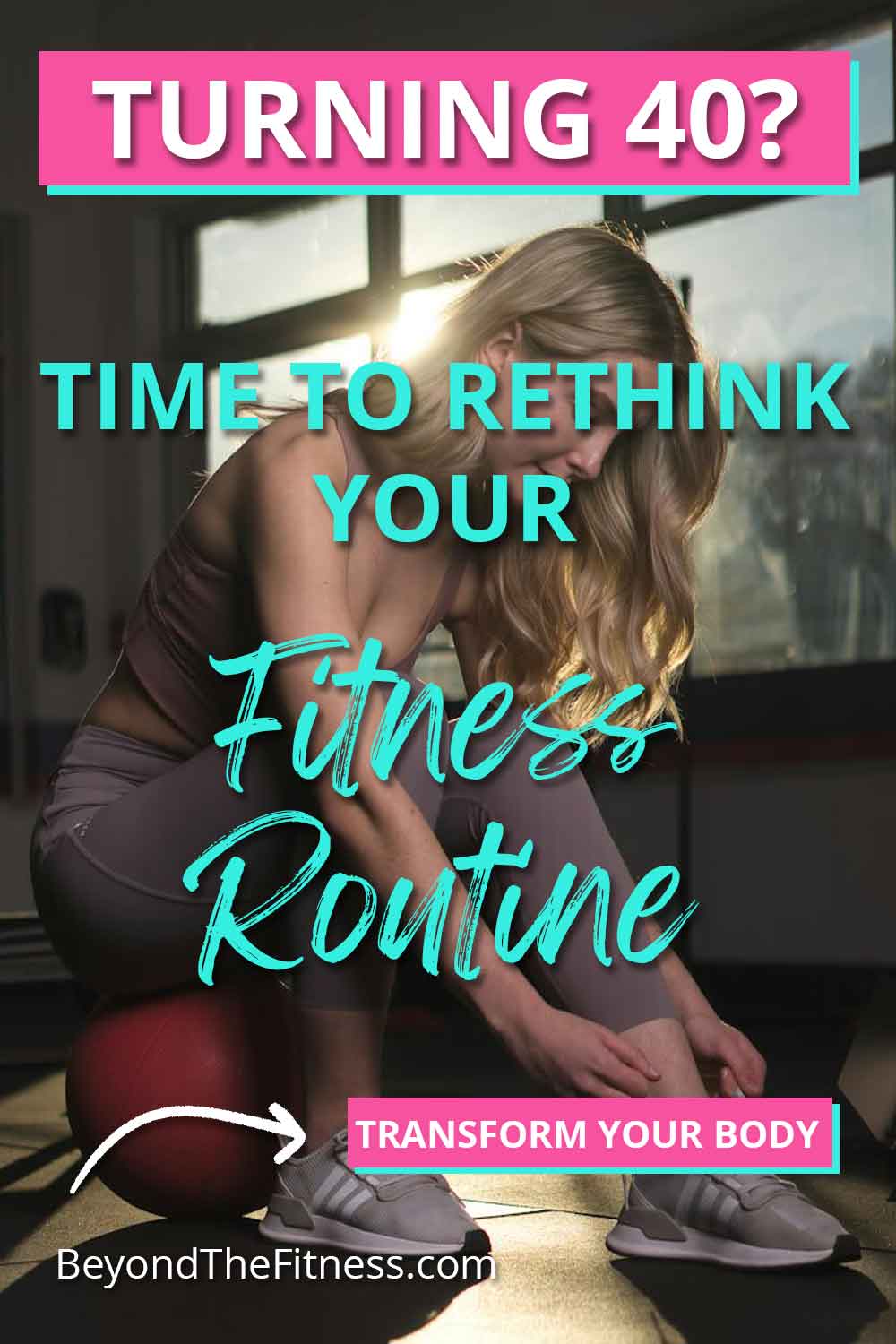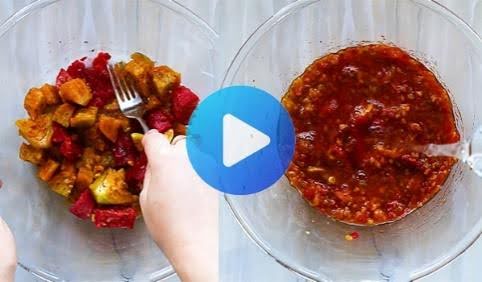When I hit my 40s, I realized that my body wasn’t responding to workouts the way it used to. Suddenly, exercises that felt easy in my 30s seemed more challenging, and my recovery took longer than before. That’s when I learned that fitness for 40-year-old women is different. It’s not about working harder but working smarter.
If you’re like me, staying active is a big part of your life, and adjusting your workouts to match your body’s needs is key. Let’s dive into what changes to make and why.
Why Fitness Changes After 40
When I reached 40, my body started to change in ways I couldn’t ignore. Muscle mass naturally decreases as we age, which can make it harder to stay strong and toned. Hormonal shifts can affect energy levels, metabolism, and even joint health.
Our bones also lose density over time, making weight-bearing exercises more important than ever. And, let’s not forget about flexibility and balance. These two often get overlooked but become crucial to prevent injuries as we age.
Adjusting Your Workouts for Your 40s
Focus on Strength Training
Strength training has become my best friend in my 40s. I aim to include it at least two to three times a week. It helps me maintain muscle mass, boosts my metabolism, and keeps my bones strong.
Some of my favorite strength exercises include:
- Squats and lunges for my legs and glutes
- Push-ups and planks for my upper body
- Dumbbell rows and deadlifts for my back
If weights seem intimidating, start with bodyweight exercises and slowly add resistance as you gain confidence.
Prioritize Low-Impact Cardio
I used to think I needed to do high-intensity cardio all the time to stay in shape. But as I got older, my joints started complaining after intense sessions. That’s when I switched to low-impact cardio like walking, cycling, swimming, and using an elliptical.
These options are gentle on my joints while still keeping my heart strong and helping me burn calories. I aim for 150 minutes of moderate-intensity cardio each week, but I mix it up to keep things fun.
Add Flexibility and Mobility Work
In my 40s, stretching and mobility exercises became non-negotiable. My body feels stiffer, especially in the mornings, so I make sure to include yoga or dynamic stretches before and after my workouts.
Here’s what I love to do:
- Cat-cow stretches to loosen my spine
- Hip openers like pigeon pose for my hips
- Shoulder rolls and neck stretches to ease tension
Even just 10 minutes of stretching daily makes a difference in how my body feels.
Don’t Forget Balance Training
Balance training wasn’t something I thought much about before, but it’s now a regular part of my routine. Good balance reduces the risk of falls and improves coordination, which is especially important as I get older.
I love simple exercises like standing on one leg while brushing my teeth or doing single-leg deadlifts during my strength sessions. Yoga also helps improve balance and core strength.
Tips for Making Workouts More Effective
Listen to Your Body
One thing I’ve learned is to pay attention to my body. If something feels off or painful, I adjust or stop. Rest days are just as important as workout days, so I never feel guilty about taking a break.
Warm Up and Cool Down
In my 20s, I would sometimes skip warm-ups and cool-downs. Not anymore! Now, I always spend 5–10 minutes warming up with light cardio or dynamic stretches and cooling down with slow stretches to reduce soreness.
Get Enough Protein
What I eat affects how I feel and perform, so I make sure to get enough protein to support my muscles. Foods like eggs, chicken, fish, beans, and Greek yogurt are regulars in my meals. If I’m short on time, I’ll whip up a quick protein shake.
Stay Hydrated
Hydration is another thing I prioritize now. I aim to drink plenty of water throughout the day, especially before, during, and after workouts. It keeps my energy up and helps with recovery.
Making Fitness Fun After 40
One of the best things I’ve done is to make workouts something I look forward to. I try new classes, join friends for outdoor activities, and use apps to track my progress. Variety keeps me motivated, and it’s a great way to avoid plateaus.
You Might Be Interested In: Learning more about The Complete Smoothie Detox & Weight Loss Program
A Few More Changes I’ve Made
- Shorter Workouts: Instead of long sessions, I’ve embraced shorter, high-quality workouts that fit into my busy days.
- Mind-Body Connection: I practice mindfulness during exercise to focus on form and truly enjoy the process.
- Regular Health Checkups: I make sure to check in with my doctor to stay on top of my health and fitness goals.
Fitness after 40 is about adapting to what your body needs now. With the right adjustments, staying fit and strong doesn’t just feel possible—it feels empowering!
How Hormones Impact Fitness for 40-Year-Old Women
When I turned 40, I noticed my energy levels weren’t as consistent, and I had to work harder to maintain my weight. A lot of this has to do with hormonal changes, especially the decline in estrogen, which can affect everything from muscle mass to fat distribution.
Estrogen plays a big role in bone health, which is why women are at a higher risk for osteoporosis as they age. It also impacts how our bodies store fat—leading to more fat around the belly area for many of us. While this can feel frustrating, I’ve learned that the right combination of workouts and nutrition can help manage these changes.
Boosting Metabolism in Your 40s
One thing I noticed in my 40s was that my metabolism wasn’t as fast as it used to be. I used to eat a lot without gaining weight, but now, I have to be more mindful. Resistance training has been a game-changer for me here. Building muscle helps burn more calories even when I’m not working out.
I’ve also started eating more small meals throughout the day to keep my energy stable. Including protein in every meal has made a big difference, and I’ve cut back on processed foods and sugary snacks that tend to slow me down.
The Importance of Rest and Recovery
In my 20s and 30s, I rarely thought about recovery, but in my 40s, it’s become essential. After a tough workout, I give myself more time to recover. This doesn’t mean sitting on the couch all day, but I focus on active recovery, like light stretching, walking, or gentle yoga.
Sleep is another thing I prioritize now. When I don’t get enough sleep, I feel sluggish, and my workouts don’t feel as effective. I aim for 7–8 hours of quality sleep every night, and I’ve noticed a big difference in how my body performs and recovers.
Building a Weekly Workout Routine
Creating a weekly routine that works for my 40-year-old body has been key to staying consistent. Here’s what my typical week looks like:
- Monday: Strength Training – I focus on compound exercises like squats, push-ups, and rows.
- Tuesday: Low-Impact Cardio – I go for a long walk or use my stationary bike.
- Wednesday: Yoga or Pilates – This helps me stretch and work on my core.
- Thursday: Strength Training – I target a different muscle group, like my arms and back.
- Friday: Cardio with Intervals – I alternate between walking and short bursts of jogging or faster cycling.
- Saturday: Outdoor Activity – Hiking, kayaking, or even gardening keeps things fun.
- Sunday: Rest or Light Stretching – I give my body a chance to fully recover.
Having this kind of balance between strength, cardio, and flexibility has helped me stay fit without overdoing it.
Common Mistakes to Avoid
Skipping Warm-Ups
When I was younger, I could jump right into a workout without much prep. But now, I always take the time to warm up. Skipping this step can lead to injuries, especially as muscles and joints lose some elasticity with age.
Overdoing High-Intensity Workouts
High-intensity interval training (HIIT) used to be my go-to, but now I’m careful not to overdo it. Too much intensity can put stress on my body and lead to burnout. I limit HIIT to once a week and focus more on moderate, sustainable workouts.
Comparing Myself to Others
It’s easy to look at younger women in the gym and feel like I’m not doing enough. But I remind myself that fitness is personal, and my goals should match where I am in life. My body isn’t the same as it was in my 20s, and that’s okay.
How Nutrition Supports Fitness After 40
What I eat has a direct impact on how I feel and perform. I’ve found that focusing on whole, nutrient-dense foods keeps me energized and supports my workouts.
My Go-To Foods for Energy and Recovery
- Protein: Eggs, chicken, fish, tofu, and Greek yogurt help repair my muscles after strength training.
- Healthy Fats: Avocados, nuts, and olive oil keep my joints healthy and my hormones balanced.
- Complex Carbs: Sweet potatoes, quinoa, and brown rice give me the energy I need for cardio and strength sessions.
- Fruits and Veggies: These are packed with vitamins and antioxidants to fight inflammation and keep my immune system strong.
Hydration Tips
I used to underestimate how important hydration was, but now I always carry a water bottle with me. Staying hydrated helps me avoid muscle cramps and keeps my energy levels steady. If I’m working out for more than an hour, I’ll add a pinch of salt or a splash of electrolyte drink to my water to replenish what I lose through sweat.
Mental Health and Fitness
One of the biggest lessons I’ve learned is that fitness isn’t just about my body—it’s about my mind too. In my 40s, I’ve come to appreciate the mental health benefits of exercise even more.
Reducing Stress
Life can get stressful, especially when juggling work, family, and personal goals. Exercise has become my outlet. A simple walk outdoors or a yoga session can instantly lift my mood and clear my mind.
Building Confidence
There’s something empowering about sticking to a fitness routine and seeing progress, no matter how small. Whether it’s lifting heavier weights or walking an extra mile, these wins make me feel strong and capable.
Why Fitness for 40-Year-Old Women Is a Long-Term Investment
One thing I’ve realized is that every workout I do now is an investment in my future. Staying active in my 40s sets the foundation for a healthier, more vibrant life in my 50s, 60s, and beyond.
By focusing on strength, flexibility, balance, and cardio, I’m not just working out—I’m preparing my body to stay strong and independent for years to come.
This expanded guide adds new insights and practical tips for continuing your fitness journey after 40. Fitness isn’t just about what your body looks like—it’s about how it feels and how it helps you live your best life at every stage.







